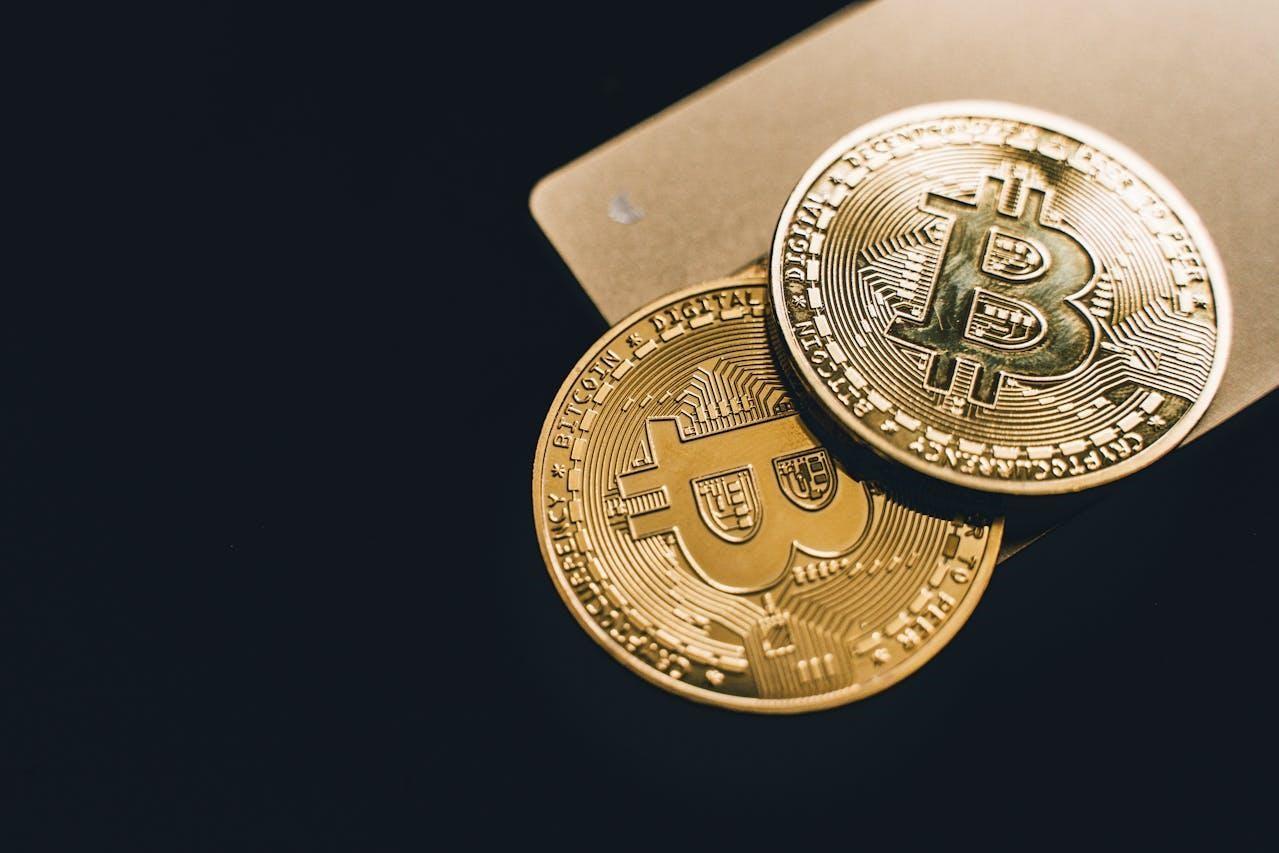
Direct Wallet Payouts Explained: How Web3 Apps Shorten Settlement and Reduce Custody Risk
Instant crypto payouts are becoming a defining feature of the Web3 user experience. Unlike older platforms that rely on bank transfers or custodial intermediaries, modern decentralized applications (dapps) can send funds straight to a user’s self-custodial wallet. This change promises faster settlement, fewer third-party risks, and clearer control for users who want to own their keys. Yet it also places new responsibility on the individual to understand how payouts move from a platform to a personal wallet and what factors influence timing.
How Direct Wallet Payouts Work
When a user requests a withdrawal from a Web3 app, the system initiates a blockchain transaction from the platform’s smart contract or funding wallet to the user’s connected address. Because no traditional account or banking rail is involved, the payout happens on-chain. Network validators confirm the transaction, and once finality is reached, the funds appear in the wallet’s balance. Depending on network congestion, this can be nearly instant or take several minutes. Unlike centralized services, there is no intermediary holding funds during settlement.
The rise of WalletConnect and similar protocols has made this process smoother. Users scan a QR code or connect through a supported wallet app, authorizing the platform to know their public address and send transactions directly. Once authorized, payouts skip the need for manual address entry, reducing errors and speeding up release.
The User Experience of Direct Payouts
A practical example shows how this model works. PeerGame is a Web3-native crypto casino built around wallet-based login. Instead of creating an account with personal details, users connect a wallet through WalletConnect or other compatible providers and play instantly. When it’s time to withdraw, PeerGame sends winnings directly to the same self-custodial wallet the user connected at login.
Because payouts are executed on-chain to the connected wallet, users typically receive funds without internal withdrawal queues. Some games may use a temporary in-app game deposit to keep multi-bet rounds smooth, but balances are returned to the wallet when play ends.
For an example of direct payouts to a connected wallet, visit PeerGame. PeerGame shows how instant or near-instant transactions can feel seamless. A user initiates a withdrawal inside the app, confirms the amount, and authorizes the transaction. The platform signs and broadcasts it to the blockchain.
Once the network reaches confirmation, the user sees the transfer reflected in their wallet history and balance. Settlement time can still vary by network traffic and fee settings, but the process avoids long internal holds. Onboarding is wallet-based with no traditional account creation or personal data entry, supporting privacy while making payouts straightforward. Because there is no custodial safety net, users must ensure their address is correct and keep private keys secure.
Building Clear Payout Expectations
Teams designing payout flows can reduce confusion by telling users exactly what happens after a withdrawal request. A simple approach is to explain that the transaction will appear as pending until the blockchain confirms, that network congestion can slow timing, and that once sent to a self-custodial wallet, funds cannot be reversed. If a game uses a temporary in-app deposit for multi-bet rounds, clarify how and when any remaining balance returns to the wallet. Providing a way to view the transaction hash for tracking also helps users feel in control.
Factors that Influence Instant Crypto Payouts
Even with direct wallet payouts, not every transfer is truly instant. Speed depends on several variables:
- Network congestion: Busy periods on Ethereum, Bitcoin, or other chains can slow confirmation.
- Gas fees: Low fee settings may delay validators from picking up a transaction quickly.
- Token standards: Some wrapped assets or smart contracts require extra interactions, adding seconds or minutes.
- Wallet syncing: Certain wallet apps refresh balances instantly while others update more slowly.
For broader context on connection reliability and session persistence, see the WalletConnect Network. WalletConnect is improving how dapps maintain sessions and reduce repetitive approvals, helping payouts reach wallets with fewer delays or errors. Users remain fully responsible for protecting keys and verifying addresses.
Why Non-Custodial Withdrawals Matter
Non-custodial withdrawals shift control from platforms to users. Self-custody means the individual holds private keys and has ultimate access to funds. This reduces the risk of an exchange freeze or third-party mishandling, but also requires better personal security, such as hardware wallets, backups, and phishing awareness.
For businesses building Web3 applications, offering direct payouts aligns with user expectations for autonomy and fast settlement. It also simplifies compliance footprints by avoiding traditional account systems. Still, clear education about network timing, tracking tools, and user responsibility remains essential for a smooth experience.
Understanding the Flow of Crypto Payouts
Instant crypto payouts are reshaping how people interact with digital platforms. By sending funds directly to self-custodial wallets, apps shorten settlement cycles and reduce custody risk. Yet “instant” depends on network conditions, and users must understand their role in safeguarding keys and tracking transactions.
Platforms like PeerGame demonstrate how a wallet-first, privacy-respecting approach can feel smooth and transparent when paired with clear communication. For both builders and users, knowing how these flows work is key to enjoying the speed of Web3 without confusion or unnecessary risk.

Legal Disclaimer:
MENAFN provides the
information “as is” without warranty of any kind. We do not accept
any responsibility or liability for the accuracy, content, images,
videos, licenses, completeness, legality, or reliability of the information
contained in this article. If you have any complaints or copyright
issues related to this article, kindly contact the provider above.


















Comments
No comment